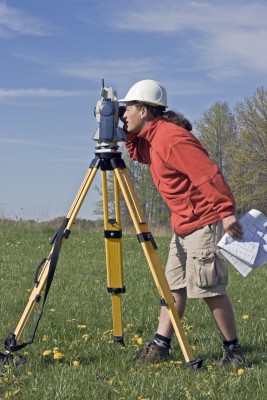 There are quite a few people from United States history who despite being famous most people don’t know that they are land surveyors. The most obvious of those are Meriwether Lewis and William Clark, who are famous for their expedition across the American West. But there are others, including a few presidents.
There are quite a few people from United States history who despite being famous most people don’t know that they are land surveyors. The most obvious of those are Meriwether Lewis and William Clark, who are famous for their expedition across the American West. But there are others, including a few presidents.
George Washington
Famous for being the first president of the United States, but he was also the first registered county surveyor in America. He was also only seventeen years old when he was appointed the Surveyor General of Virginia. After only a few years, he knew Virginia well, and his surveyor talents continued in the form of working toward western expansion for America.
Thomas Jefferson
This third president, and secretary of state to George Washington, was also a Surveyor General for Virginia during his presidency. He appointed countless other surveyors, since the president back then possessed the same power that the King of England did when it came to appointing Surveyor Generals. It was thanks to his appointments and instructions that much of the early settlements were well defined and easily able to establish into full cities and homes for people. This includes the most famous Louisiana Purchase, which Lewis and Clark later explored.
Abraham Lincoln
During President Lincoln’s early years in Illinois, he actually was not only a postmaster, but he ran a general store and even was a deputy surveyor general for Illinois. Although he didn’t use his surveying skills quite as much as he eventually went on to the bar and into law, before becoming president.
Of course, we can’t forget to mention Meriwether Lewis and William Clark, both of which were involved in perhaps the most famous historical land surveying of the Louisiana Purchase. William Clark was a full on surveyor and mapmaker, but Meriwether Lewis was actually the personal secretary of Thomas Jefferson and Jefferson trusted his eyes and judgment.
If you’d like to know more about the Lewis and Clark expedition, you can find things like the journey log on National Geographic, or ask your local librarian.

